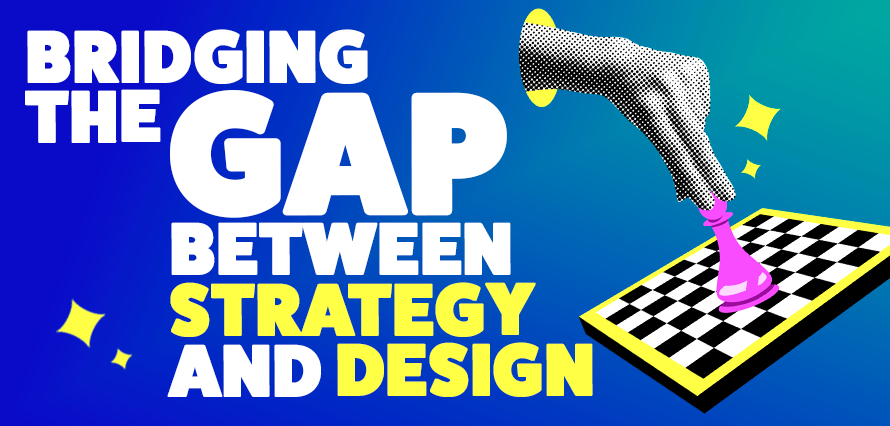March 3, 2025

Do you remember that beautiful piece of visual content that grabbed your attention on LinkedIn the other day? It was not the most beautiful piece of design you have ever seen there, yet it had a lot of engagement right, but why? Have you spent a moment asking yourself how it was created? Behind every high-performing creative lies something less glamorous yet equally crucial: a strong creative brief.
Marketing success isn’t just about better design; it’s about better communication. Taking the time to align creative vision with client expectations, ensuring that every visual not only meets business goals but also resonates with the target audience, it’s crucial.
Strategy and Design
Translating business objectives into visuals that resonate with audiences can be challenging. Without clear communication, creative teams may produce designs that, while visually stunning, miss the mark on driving meaningful outcomes. So, it’s important that marketers set clear goals so that designers can bring them to life. Equally important is understanding client expectations, what they envision, their key messaging, and how they define success, so a collaborative approach must be in place to ensure alignment between creative execution and business goals.
A well-crafted brief does more than outline deliverables; it provides context. What problem are we solving? What emotions should the audience feel? What action should they take? These elements help designers craft assets that align with broader business strategies, ensuring each visual contributes to performance goals.



What Makes a Great Creative Brief?
Clear Objectives
Instead of simply requesting a ‘stunning’ ad, define what success looks like. Are you aiming for higher engagement, more click-throughs, or brand awareness? Precision leads to performance.
Audience Insights
Who are we designing for? A generic approach rarely works in social media marketing. Designers can create more compelling visuals when they understand the target audience’s behaviours, preferences, and challenges.
Platform-Specific Guidance
A design that works for Instagram Stories may not be effective on LinkedIn. Providing insights on where the creatives will live ensures the design is optimised for the medium.
Brand Consistency & Creativity Balance
While staying on-brand is essential, leaving room for creative interpretation allows designers to craft fresh, impactful visuals that stand out.
Measurable Success Indicators
While we might not always think in terms of metrics when discussing visuals, defining how success will be measured ensures that designs align with strategic goals.



The Payoff
When marketers and designers work in sync, the result is more than just ‘nice’ visuals, it’s content that performs. Well-structured communication between marketers and designers is the key to crafting visuals that don’t just look good but also work, delivering measurable results in engagement, conversions, and brand positioning.
Want to take your social media visuals to the next level? Let’s start the conversation, reach out today to see how a refined creative process can improve your brand’s performance.